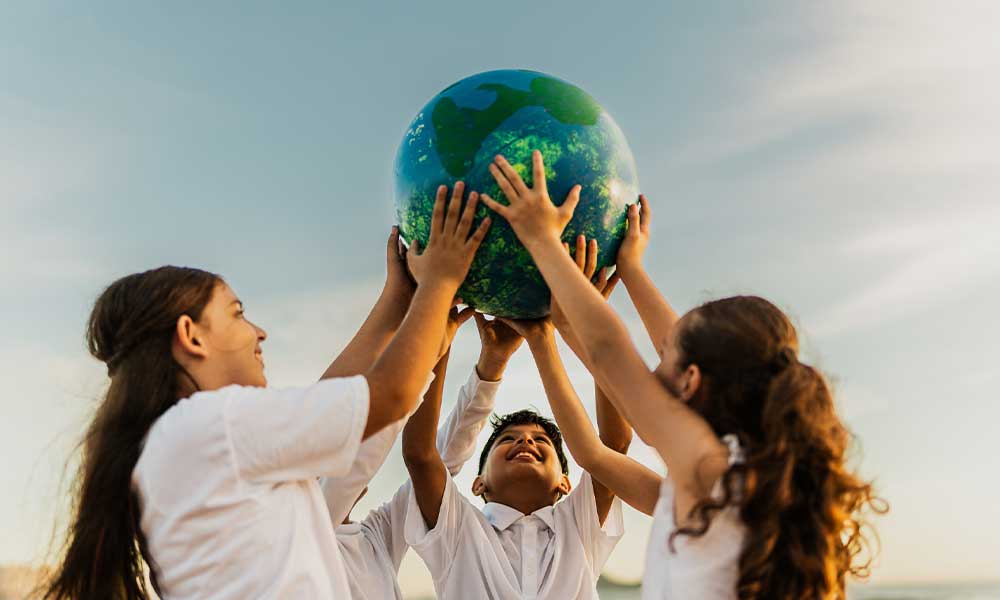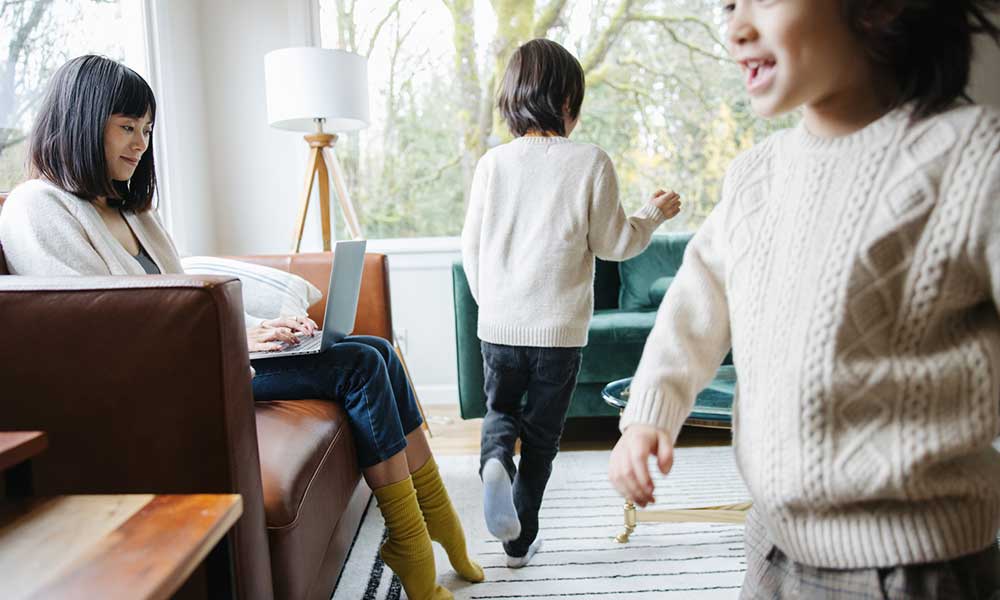Climate change dominates the news, and it’s natural for parents and children to feel overwhelmed. The uncertainty surrounding the planet’s future has led to a rise in eco-anxiety, a form of distress linked to environmental concerns. While these feelings are valid, there are ways to foster resilience, optimism, and a sense of empowerment. Acknowledging these concerns and providing constructive ways to act will allow families to navigate climate anxiety together while nurturing hope for a brighter future.
Let's explore how families can turn worry into action, finding hope and strength together in the face of climate challenges.
Validating Fears While Staying Optimistic
Children absorb information from conversations, social media, and news reports, often forming deep concerns about the planet’s well-being. It is crucial to recognize their worries without amplifying their fear. Conversations should create a space where children feel heard and supported.
Addressing climate anxiety in kids starts with validating their emotions. Instead of dismissing fears, parents can guide discussions toward solutions. Emphasizing how humanity has tackled environmental challenges before and continues to innovate fosters optimism.
Parents serve as role models for resilience. Displaying a proactive mindset—whether through sustainable choices, community involvement, or discussing hopeful environmental advancements—teaches children that action is a powerful antidote to fear. Reframing challenges as opportunities for change helps shift the focus from worry to empowerment.
Coping Strategies for Climate Anxiety
Small, meaningful environmental actions create a sense of agency in children. Simple activities such as planting trees, reducing household waste, or supporting conservation efforts make a tangible difference. Engaging kids in these efforts builds confidence in their ability to contribute to environmental solutions.
Managing eco-anxiety also involves practicing mindfulness and stress-reduction techniques. Families can benefit from strategies such as deep breathing, nature walks, and limiting exposure to distressing news. Developing healthy habits together strengthens emotional resilience and reinforces positive routines.
A sense of purpose grows through community involvement. Joining local clean-up efforts, advocating for greener policies, or participating in sustainability programs instills the idea that collective action is decisive. Connecting with like-minded individuals fosters hope and provides emotional support.
Helping Kids Make Eco-Friendly Choices
Empowering children with sustainable habits fosters a sense of responsibility and connection to the world around them. Encouraging small, eco-friendly choices in daily life helps them see that even simple actions can have a positive impact. Parents can guide their children toward a lifelong commitment to environmental stewardship by making sustainability accessible and engaging.
Here are a few ways parents can help their children make eco-friendly choices in simple, meaningful ways.
Simple Ways for Kids to Support Sustainability
Teaching children to reduce, reuse, and recycle ingrains sustainability into their daily lives. Encouraging small habits—such as composting food scraps, using reusable shopping bags, and turning off lights when leaving a room—fosters responsibility.
Making environmental stewardship enjoyable increases engagement. Hands-on activities like upcycling old clothing, crafting with recycled materials, and exploring local parks turn sustainability into an adventure. When children see the beauty of nature firsthand, they develop a deeper appreciation for conservation efforts.
The Impact of Daily Habits on the Environment
Everyday choices shape environmental outcomes. Simple swaps, such as reusable lunch containers and bamboo straws, significantly reduce waste. Choosing sustainably sourced school supplies and toys contributes to a more responsible lifestyle.
Understanding the truth about fast fashion also helps children become more conscious consumers. The environmental costs of cheaply produced clothing, from excessive water consumption to pollution, highlight the importance of mindful shopping. Encouraging second-hand purchases or investing in ethically made garments teaches kids to make more sustainable fashion choices as they get older.
Teaching Kids to Make Informed Consumer Choices
Helping children recognize eco-friendly product labels, ethical brands, and certifications builds awareness of sustainability in everyday purchases. Learning about environmental standards empowers them to make responsible decisions.
Water conservation is another essential topic. Discuss the significance of clean water and make sure children understand issues like water quality and availability. Go over subjects like microplastics and PFAS water contamination to emphasize the importance of clean water and pollution reduction. You can then focus on simple yet impactful actions to make a difference, which can range from turning off taps while brushing teeth to avoiding plastic water bottles (and disposing of them properly if they are used).
Sharing Stories of Progress to Inspire Hope
Highlighting environmental success stories provides reassurance that progress is happening. Renewable energy advancements, ocean cleanup initiatives, and reforestation projects demonstrate that solutions are being developed daily.
Young activists continue to make an impact. Stories of students advocating for climate policies, leading sustainability projects, and innovating eco-friendly technologies serve as motivation for the next generation.
Moreover, books and storytelling create a lasting impression on children’s perspectives. Introducing climate-related children’s books fosters curiosity and optimism, making environmental topics more accessible and engaging.
A Future Worth Believing In
Balancing awareness with optimism encourages children to remain hopeful while understanding the reality of environmental challenges. Parents who model this balance show that individual actions matter no matter how small.
Celebrating victories, whether personal habit change, community success, or global environmental progress, reinforces the idea that change is possible. Continuing to learn together, take action, and stay connected with others who share the same values creates a foundation of hope for the future.
Helping children navigate climate anxiety is about more than just easing fears. It’s about equipping them with the tools, knowledge, and mindset to become engaged, empowered stewards of the planet. With the right approach, families can face environmental concerns with resilience and optimism, shaping a sustainable future for future generations.



